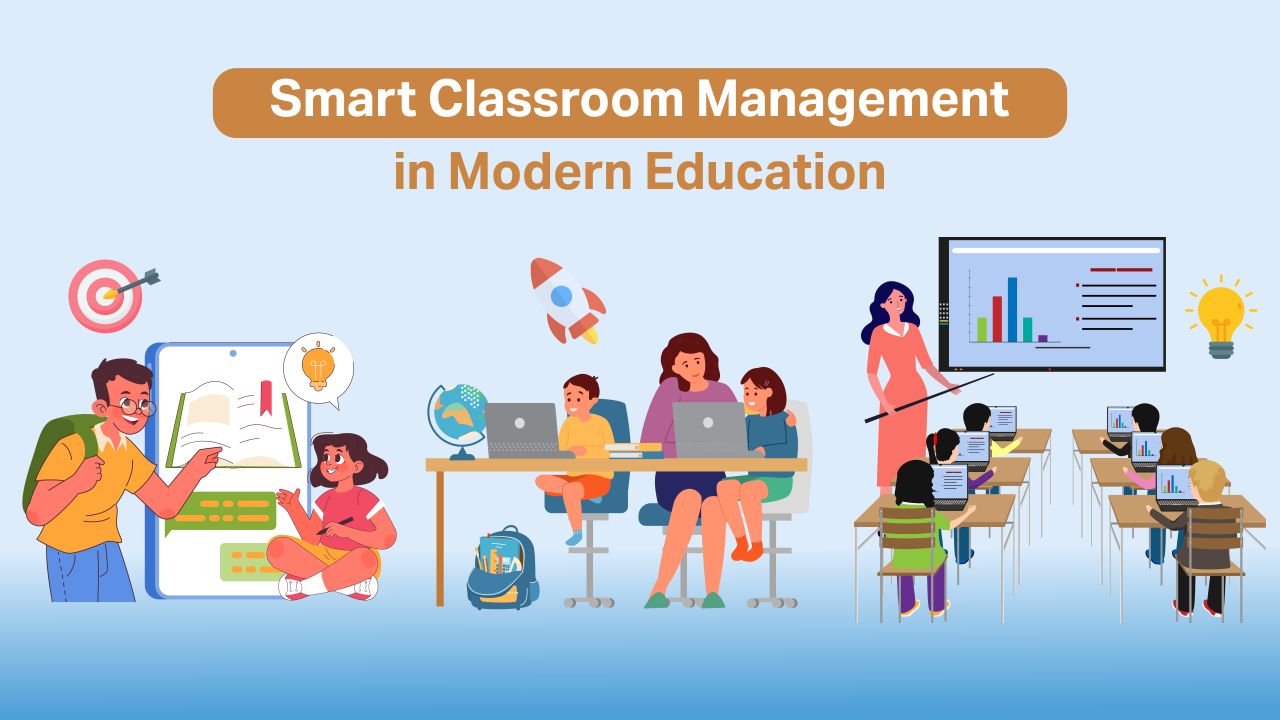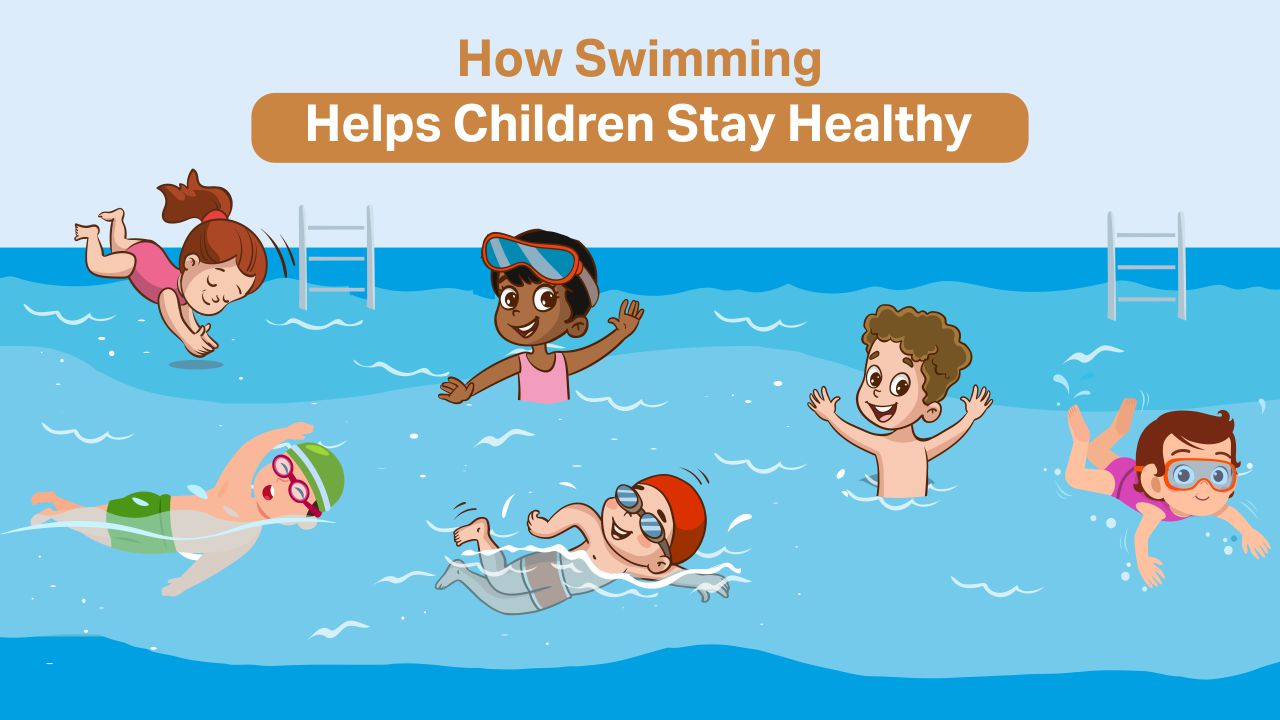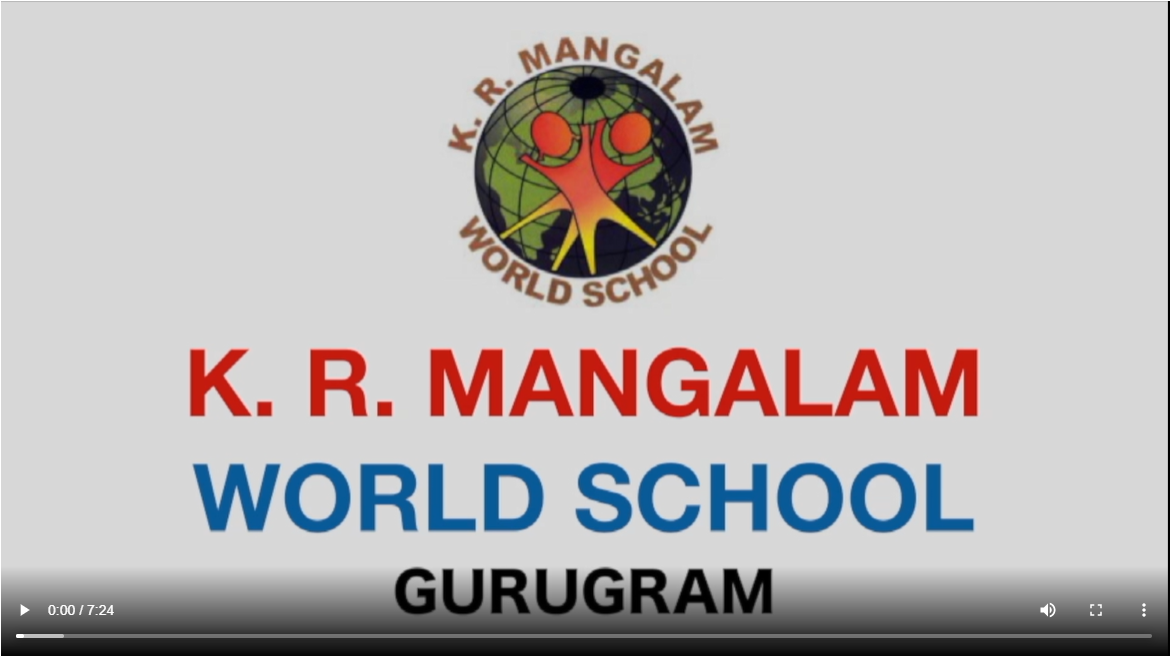Importance of Multidisciplinary Education in Schools
This world is changing quickly every day, and almost every life has been impacted by it. The reason behind this change is globalisation, technological advancements, and shifting societal demands. The children of today are growing up in a fast-paced era. This era is backed by digital transformation, automation, and artificial intelligence. They are radically changing a number of sectors and the job economy. The skills and knowledge required for success in the future are being impacted by global trends that include the gig economy, the rise of remote labour and a stronger emphasis on sustainability.
Given the ever-changing economy, it is imperative that children receive more than just academic information. A system of teaching that integrates ideas and approaches from several academic disciplines is known as multidisciplinary education. This type of education is:
- Essential for cultivating adaptive and flexible thinking
- Needed to tackle various challenging issues in the modern world.
By implementing it, educational institutions may provide students the tools they need to innovate. This also helps them comprehend and negotiate the complexity of the current world.
Schools in Gurgaon (Gurugram) are opting for the system of multidisciplinary education to ensure the all-round development of their students. In this blog, we will discuss in detail about multidisciplinary education.
Multidisciplinary Education’s Advantages
Below are the advantages of the multidisciplinary approach in education for students.
- Improved Critical Thinking
By engaging with information from many academic disciplines, students acquire the ability to assess and synthesise information from several sources. They develop the ability to think critically and solve issues effectively.
- Solving Real-World Problem
A multidisciplinary approach enables students to tackle real-life challenges by combining knowledge from various fields. Instead of viewing problems through a single subject lens, they learn to integrate insights from science, technology, arts, and social studies to find creative, practical, and sustainable solutions.
- Teamwork Capabilities
This teaching method emphasises cooperation as students usually collaborate on projects that call for a range of skill sets. Group collaboration fosters the development of leadership, communication, and conflict-resolution skills. All of those are essential for success in the workplace.
- Flexibility
Being exposed to a variety of professions improves flexibility. This is a vital characteristic at a time when positions and sectors change quickly. Students get the self-assurance to venture into new areas and learn while on the go.
- Creativity and Innovation
Interactions between disciplines inspire innovation. Students frequently come up with creative solutions that single-discipline approaches would miss when they combine ideas from many subjects.
Crucial Elements of Multidisciplinary Education
Top 10 schools in Gurgaon concentrate on the following elements in order to successfully implement this strategy:
- Designing an Integrated Curriculum
The programme includes opportunities for experiential learning, case studies, and multidisciplinary projects. An integrated curriculum connects different subjects around common themes, allowing students to see how knowledge overlaps and applies to real-world situations.
- Models of Collaborative Teaching
To create and present lessons, educators from many departments work together. This paradigm offers a variety of viewpoints that enhance the educational process.
- Integration of Technology
Technology is essential to teaching across disciplines. Students may experiment and explore across disciplines with the use of tools. They include digital collaboration platforms, virtual laboratories, and simulation software. Digital tools and interactive platforms enable students to explore concepts creatively, conduct research, and collaborate across disciplines seamlessly.
- Worldwide Perspectives
Students are prepared for a globalised workforce by understanding the universal application of their knowledge through the inclusion of global topics and case studies.
- Tailored Educational Routes
This method acknowledges that every student is different. That is why it enables them to pursue their interests while learning skills in a variety of subject areas. Students are encouraged to participate fully in their education through personalised learning pathways.
Applications of Multidisciplinary Education in the Real World
Here are the applications of multidisciplinary education in the real world:
- Environmental Stewardship and Sustainability
By working on sustainability projects, students get a grasp of how to integrate their knowledge of subjects. These subjects include biology, economics, and society. This gives them the ability to deal with certain issues. These problems include poor resource management and climate change.
- Robotics and Artificial Intelligence
A multidisciplinary approach to AI incorporates psychology, mathematics, ethics, and programming. This gives students the tools they need to ethically create cutting-edge technology.
- Innovation and Entrepreneurship
Multidisciplinary education combines creative thinking, commercial acumen, and technology know-how. That is why it is beneficial for aspiring entrepreneurs. Thanks to this, they are better equipped to handle the challenges of the commercial world.
- Medical Care and Biomedical Research
Engineering, data science, and biology are frequently needed to address healthcare issues. Students who have received interdisciplinary training are prepared to excel in this field.
Multidisciplinary Education in Schools in Gurgaon
Gurgaon is considered an educational hub due to:
- Availability of modern infrastructure
- Presence of top-class schools and universities
- Close proximity to multinational companies offering internships and career opportunities
Many CBSE schools in this region and the top 10 schools in Gurgaon are opting for multidisciplinary education for their students.
K.R. Mangalam World School (KRMWS), Gurgaon, is a strong choice for parents seeking holistic development and modern learning. Supported by state-of-the-art facilities and a secure, caring atmosphere, the school prioritises education, athletics, the arts, and technology in addition to excellent academics.
Conclusion
We have learnt about the effectiveness of multidisciplinary education and how Gurgaon schools are changing the way that students learn. We also discussed one of the top CBSE schools in Gurgaon, i.e., K.R. Mangalam World School, which is choosing this educational approach. If you want your ward to excel in the fields and get benefit from one of the top schools in Gurgaon, you should go for none other than the K.R. Mangalam World School.
FAQs
Q1. What is multidisciplinary education in schools?
Multidisciplinary education is an approach that integrates knowledge from different subjects—like science, arts, technology, and humanities—so that students learn holistically rather than in isolation. This helps in developing critical thinking, creativity, and problem-solving skills.
Q2. Why is the multidisciplinary approach in education important?
It prepares students for a fast-changing world where careers demand adaptability and diverse skills. Instead of rote learning, students gain practical, real-world exposure that makes them future-ready.
Q3. Are schools in Gurgaon adopting the multidisciplinary approach?
Yes, many schools in Gurgaon, including the top CBSE schools in Gurgaon, have started implementing project-based learning, technology integration, and cross-curricular activities that reflect a multidisciplinary approach.
Q4. Why choose K.R. Mangalam World School for your child?
K.R. Mangalam World School blends academic excellence with extracurricular activities, sports, arts, and technology. Its emphasis on experiential and multidisciplinary education makes it one of the top CBSE schools in Gurgaon for overall child development.





